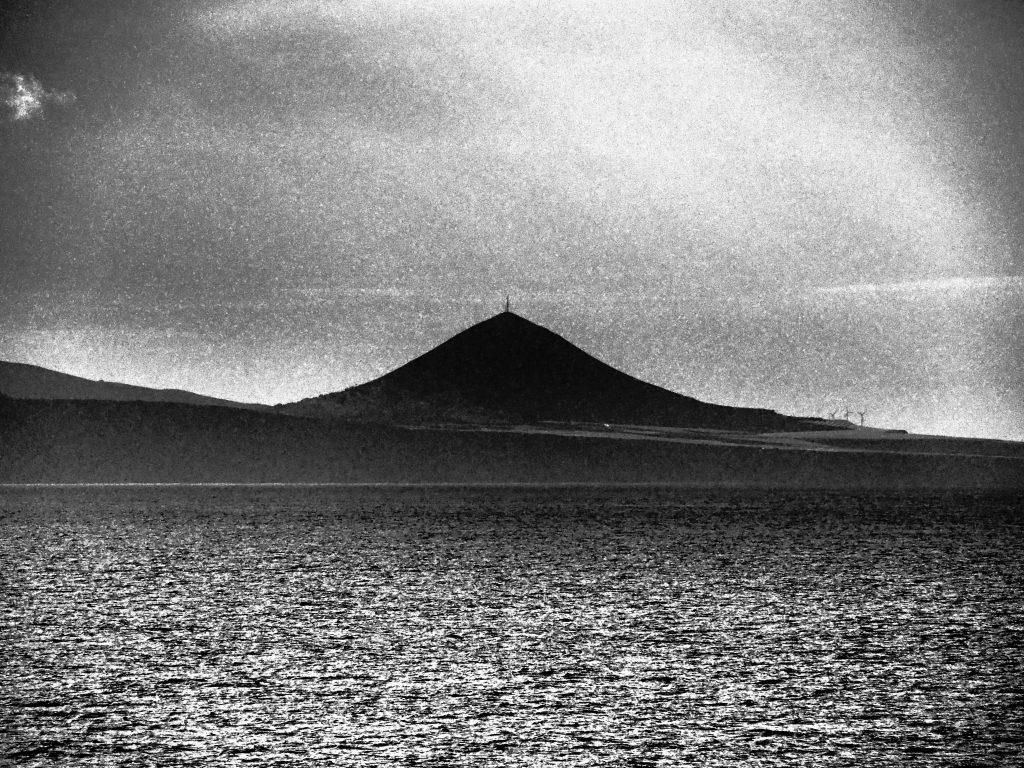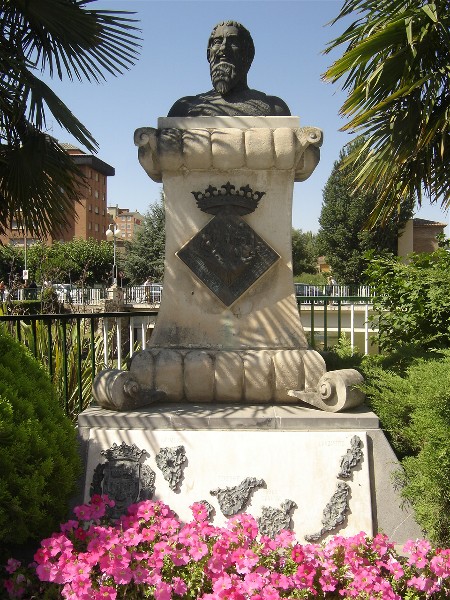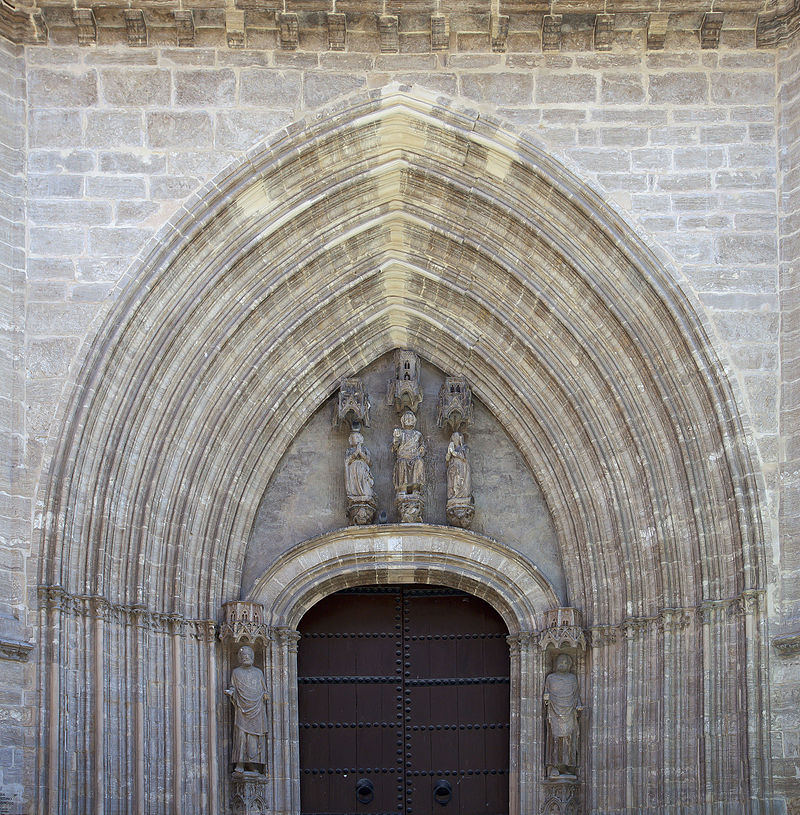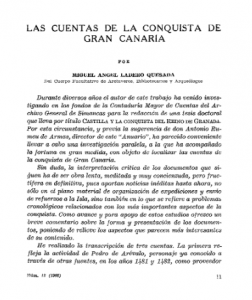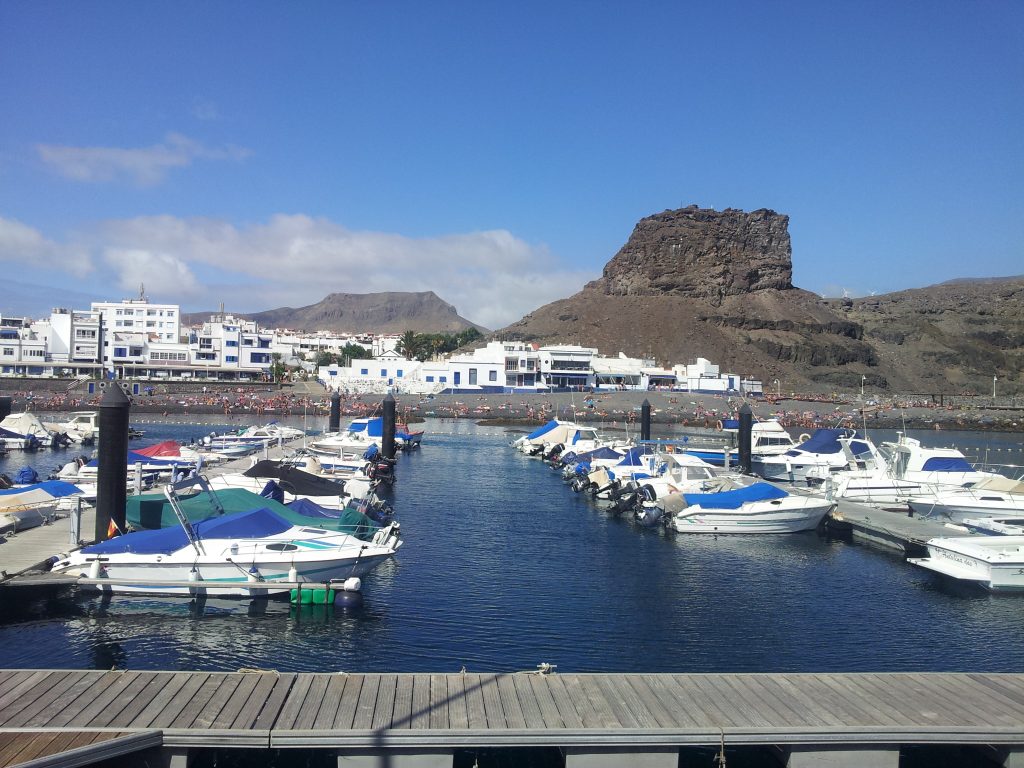"The said Canarians could not live": Return to the Pact of Calatayud

A fragment of folio 1v. of the RGS-1515-01-32 manuscript containing a copy of the so-called Letter of Calatayud (source: Archivo General de Simancas)
“[…] the said Canarians could not live without coming to our reigns of Castile and Leon to trade […]“
(Letter of Calatayud, 30th May 1481)
INVITED AUTHORESS: CECILIA CÁCERES JUAN
This 30th of May, “Day of the Canaries”, we celebrate the fact that Canarians did indeed live and thrive without trading with Castile. They live and will live.
In a single sentence from the so-called Pact or Letter of Calatayud, signed by the Catholic Monarchs and an anonymous guanarteme –Grandcanarian chieftain– the 30th of May 1481, the downfall of autarchy and dismantling of the polities that sustained the life and society of the ancient Canarians is laid bare.
This short article will examine the effects of the pact on Canarian identity through a subjective analysis of relevant documents and in relation to the theme and ethos of the above quoted sentence. To contextualize this extract, we should consider certain misconceptions regarding the pact, such as the belief that this pact gave origin to the Day of the Canaries, or “Día de Canarias”.

